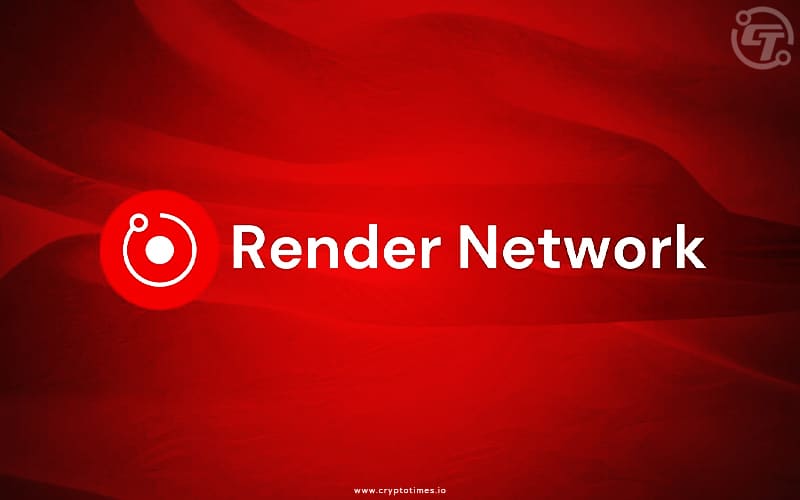Render Network has bid farewell to Ethereum’s high fees and congested lanes, welcoming Solana’s cost-effective superhighway. Render Network’s leap from Ethereum to Solana marks a transformative moment for its users.
Known for stringing together a global network of mini-computers, Render has made complex graphics processing feel like a walk in the park. Ethereum’s sluggish and costly transactions, however, have prompted this strategic pivot.
Solana stands out with its ability to execute high volumes of transactions at a fraction of the cost, thereby sharpening Render’s edge in decentralized graphics processing that eases the token transition.
The Render Foundation has unveiled an alluring incentive program that offers a considerable sum of 1.14 million RNDR tokens to alleviate migration expenses. Through the Upgrade Assistant, this program aims to cushion users from Ethereum’s notorious gas fees, thus encouraging early migration.
Adopting the Wormhole protocol, Render’s Upgrade Assistant promises a hassle-free shift of RNDR tokens to the SPL-based RENDER on Solana. The process is simple: users link their Ethereum wallet, select the quantity of RNDR to transfer, and receive their new tokens on Solana, all without breaking a sweat.
Moreover, early adopters stand to gain a share of the generous RNDR allocation based on a strategic points system.
Render’s strategic move to Solana is about more than just overcoming Ethereum’s limitations. It is also about embracing new horizons like real-time streaming and dynamic NFTs. Jules Urbach, the visionary behind Render, emphasizes this as a pivotal moment that unlocks substantial capabilities for a scalable and decentralized metaverse infrastructure.
Looking ahead, Render Network anticipates the implementation of the Burn Mint Equilibrium (BME) model, a dynamic supply and demand balancer, alongside the migration. This mechanism is tailored to fortify the token economy, potentially amplifying rewards for the community.
Solana’s environment, rich with cutting-edge features like compressed NFTs and real-time oracles, promises to elevate Render Network’s functionality. This includes branching into machine learning, a move underscored by Ryan Shea, an advisor to the Render Foundation, who notes Solana’s unparalleled technologies are a boon for Render’s ambitious trajectory.
In essence, Render Network’s transition to Solana is more than a change of address. It heralds a new chapter of innovation, efficiency, and growth for the decentralized computing powerhouse.
Also Read: Render Network Look out for Solana Migration






